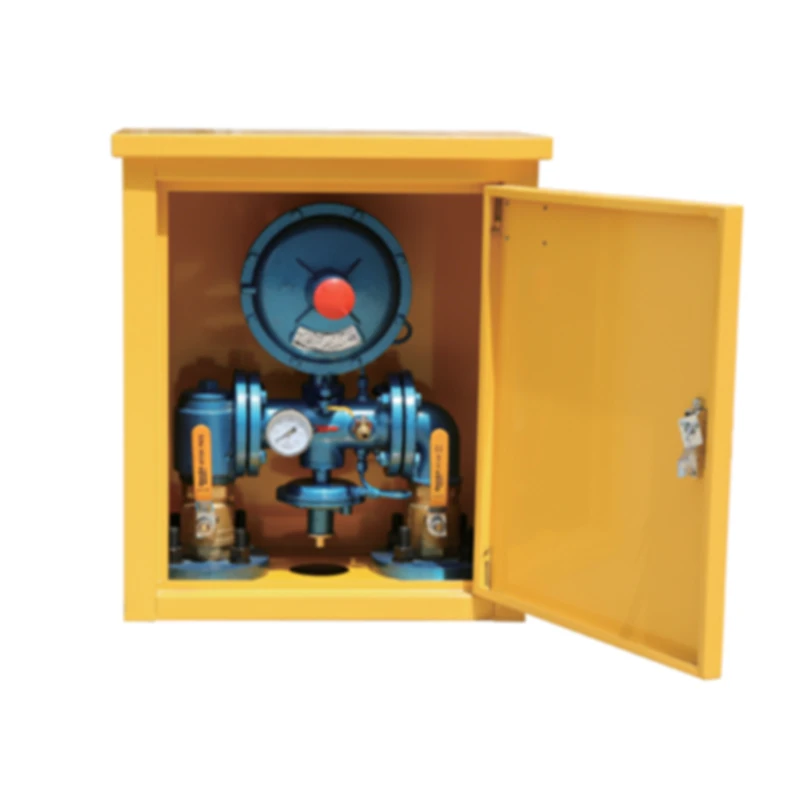
Dec . 11, 2024 10:40
Back to list
Design and Efficiency of Heat Exchangers in Modern Applications and Industries
Understanding Heat Exchangers Principles and Applications
Heat exchangers are vital components used in various industrial and domestic applications, designed to transfer heat between two or more fluids without mixing them. These devices are crucial in enhancing energy efficiency and are employed in many sectors, including power generation, chemical processing, HVAC (heating, ventilation, and air conditioning), and food processing.
What is a Heat Exchanger?
A heat exchanger functions based on the principles of thermodynamics, specifically the laws governing heat transfer. The main goal of a heat exchanger is to maximize the surface area available for heat transfer while minimizing resistance to fluid flow. In practical terms, this means allowing one fluid to heat or cool another fluid by exchanging thermal energy.
Types of Heat Exchangers
There are several types of heat exchangers, each engineered for specific applications and efficiency requirements. The most common types include
1. Shell and Tube Heat Exchangers This type consists of a series of tubes, with one fluid flowing through the tubes and another fluid around them within a shell. Shell and tube heat exchangers are widely used due to their robustness and efficiency in handling high pressures.
.
3. Air Cooled Heat Exchangers These heat exchangers use air as the cooling medium and are typically used in applications where water is scarce or unavailable. They are commonly found in power plants and industrial processes.
مبادل حراري

4. Double Pipe Heat Exchangers This simple design uses one pipe inside another; one fluid flows through the inner pipe, and the other flows through the outer pipe. While less efficient than other types, they are easy to construct and maintain.
Principles of Heat Transfer
Heat transfer in heat exchangers occurs through conduction, convection, and, in some cases, radiation. Conduction is the heat transfer through a solid material (such as the walls of the exchanger), while convection involves the movement of fluid itself, enhancing the interaction between the fluids and the exchanger surface. Generally, heat will flow from the higher temperature fluid to the lower temperature fluid until thermal equilibrium is reached.
Applications of Heat Exchangers
The applications of heat exchangers are almost limitless. In the HVAC industry, they are crucial for regulating indoor climates. In chemical processing, they help in controlling temperatures during reactions to ensure product quality and safety. Power plants utilize them to convert heat generated from fuel combustion into usable energy. In the food industry, heat exchangers are indispensable for pasteurizing and sterilizing products, ensuring food safety without compromising nutritional value.
Advantages of Heat Exchangers
The incorporation of heat exchangers leads to improved energy efficiency and reduced operational costs. By recycling waste heat, industries can minimize energy consumption and lower greenhouse gas emissions. Moreover, modern heat exchangers are designed to be compact and lightweight, making them easier to integrate into existing systems without extensive modifications.
Conclusion
Heat exchangers are indispensable in modern engineering and technology, playing a crucial role in saving energy and resources. As industries continue to prioritize sustainability and efficiency, the development and evolution of heat exchanger technology will remain at the forefront. Understanding their mechanics and applications can enhance the design and implementation of systems across various sectors, benefiting both the environment and the economy.
Latest news
-
Safety Valve Spring-Loaded Design Overpressure ProtectionNewsJul.25,2025
-
Precision Voltage Regulator AC5 Accuracy Grade PerformanceNewsJul.25,2025
-
Natural Gas Pressure Regulating Skid Industrial Pipeline ApplicationsNewsJul.25,2025
-
Natural Gas Filter Stainless Steel Mesh Element DesignNewsJul.25,2025
-
Gas Pressure Regulator Valve Direct-Acting Spring-Loaded DesignNewsJul.25,2025
-
Decompression Equipment Multi-Stage Heat Exchange System DesignNewsJul.25,2025

